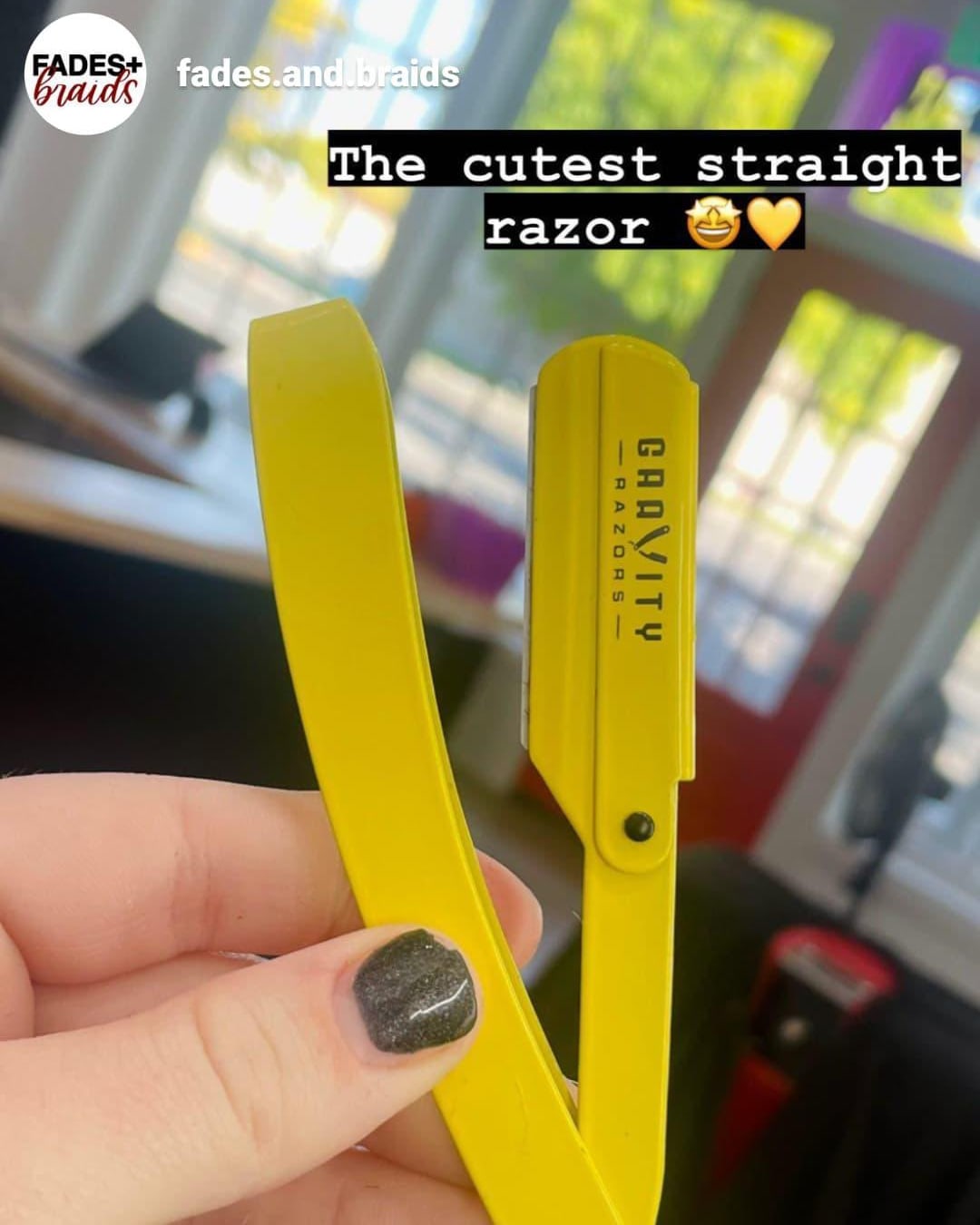Shaving with a straight razor can seem intimidating, but with the right technique and equipment, it can provide a close and satisfying shave. In this article, we will cover the proper technique for shaving with a straight razor.
Equipment Needed
Before we dive into the technique, let's talk about the equipment you'll need. Here are the essential items for shaving with a straight razor:
-
Straight Razor: The razor should be sharp, well-maintained, and made of high-quality materials. A good straight razor will last for years with proper care and can provide an incredibly close shave.
-
Strop: A strop is a piece of leather used to sharpen and hone the razor. A strop can help maintain the sharpness of your razor and prolong its lifespan.
-
Shaving Brush: A shaving brush is used to lather up the shaving soap or cream and apply it to your face. The brush will also help lift the hairs on your face, making it easier for the razor to cut them.
-
Shaving Soap or Cream: You'll need a good quality shaving soap or cream to provide lubrication for the razor and protect your skin.
-
Honing Stone: Over time, your straight razor will become dull, and you'll need to sharpen it using a honing stone.
Technique
Now that you have your equipment let's dive into the proper technique for shaving with a straight razor:
-
Prepare your skin: Start by washing your face with warm water and a mild cleanser. This will help remove any dirt or oil on your face and soften your beard. After washing, apply a pre-shave oil or lotion to help lubricate your skin.
-
Lather up: Use your shaving brush to create a thick lather with your shaving soap or cream. Apply the lather evenly to your face, making sure to cover all areas you want to shave.
-
Stretch your skin: Using your non-dominant hand, stretch the skin on your face, making it taut. This will help provide a smooth surface for the razor to glide over and reduce the risk of cuts or nicks.
-
Angle the razor: Hold the razor at a 30-degree angle to your skin. This will help ensure the razor cuts the hairs cleanly without pulling or tugging on them.
-
Use short strokes: Start shaving with short strokes, moving the razor in the direction of hair growth. Make sure to rinse the razor frequently to remove any hair or shaving cream buildup.
-
Rinse and repeat: After completing one pass, rinse your face with warm water and re-lather your face. Repeat the process until you've achieved your desired level of smoothness.
-
Finish up: After shaving, rinse your face with cold water to help close your pores. Pat your face dry with a towel, and apply an alcohol-free aftershave lotion or balm to soothe and moisturize your skin.
Maintenance
Proper maintenance of your straight razor is essential for a long lifespan and optimal performance. Here are some tips for maintaining your straight razor:
-
Strop regularly: After every shave, use a strop to keep your razor sharp and well-maintained. Stropping your razor helps align the blade's edge and remove any microscopic burrs or imperfections that may have developed during the shave.
-
Hone as needed: Over time, your razor will become dull, and you'll need to use a honing stone to sharpen it. How often you need to hone your razor will depend on how often you shave and the condition of your razor.
Store properly: When not in use, store your razor in a dry place away from moisture and humidity. Avoid storing your razor in a closed container, as this can trap moisture and
lead to rust or damage to the blade. Instead, use a razor stand or store it in a well-ventilated area.
-
Clean after each use: After every shave, clean your razor with warm water and a mild soap to remove any hair, shaving cream, or debris that may have accumulated on the blade. Dry the razor thoroughly with a soft towel, being careful not to touch the blade with your fingers.
-
Oil the pivot: The pivot is the area where the blade meets the handle of the razor. Over time, this area can become stiff or rusted. To prevent this, apply a small amount of oil to the pivot regularly.
Safety
Shaving with a straight razor requires a bit more skill and attention than using a safety razor or electric shaver. Here are some safety tips to keep in mind:
-
Take your time: Shaving with a straight razor requires patience and concentration. Don't rush the process or try to shave quickly.
-
Use a sharp razor: A dull razor is more likely to cause nicks and cuts. Make sure your razor is sharp and well-maintained.
-
Don't apply too much pressure: Let the razor do the work. Don't apply too much pressure, as this can cause irritation, razor burn, or cuts.
-
Watch your angle: Keep the razor at a 30-degree angle to your skin, and make sure to maintain this angle throughout the shave.
-
Use short strokes: Use short strokes, and don't try to shave too much hair at once. This will help you maintain control and reduce the risk of cuts or nicks.
Conclusion
Shaving with a straight razor can provide a close and satisfying shave, but it requires the proper technique, equipment, and maintenance. With a bit of practice, you can become a pro at using a straight razor and enjoy the many benefits it provides. Just remember to take your time, be patient, and always prioritize safety when shaving.